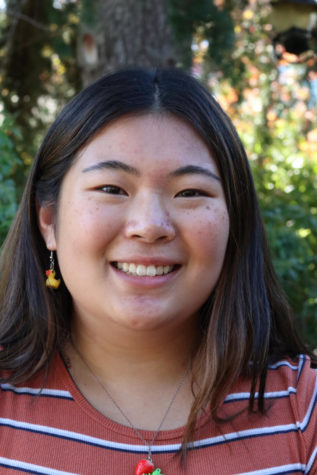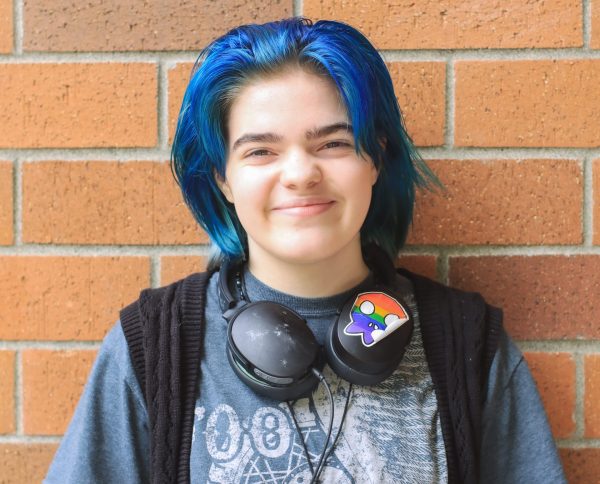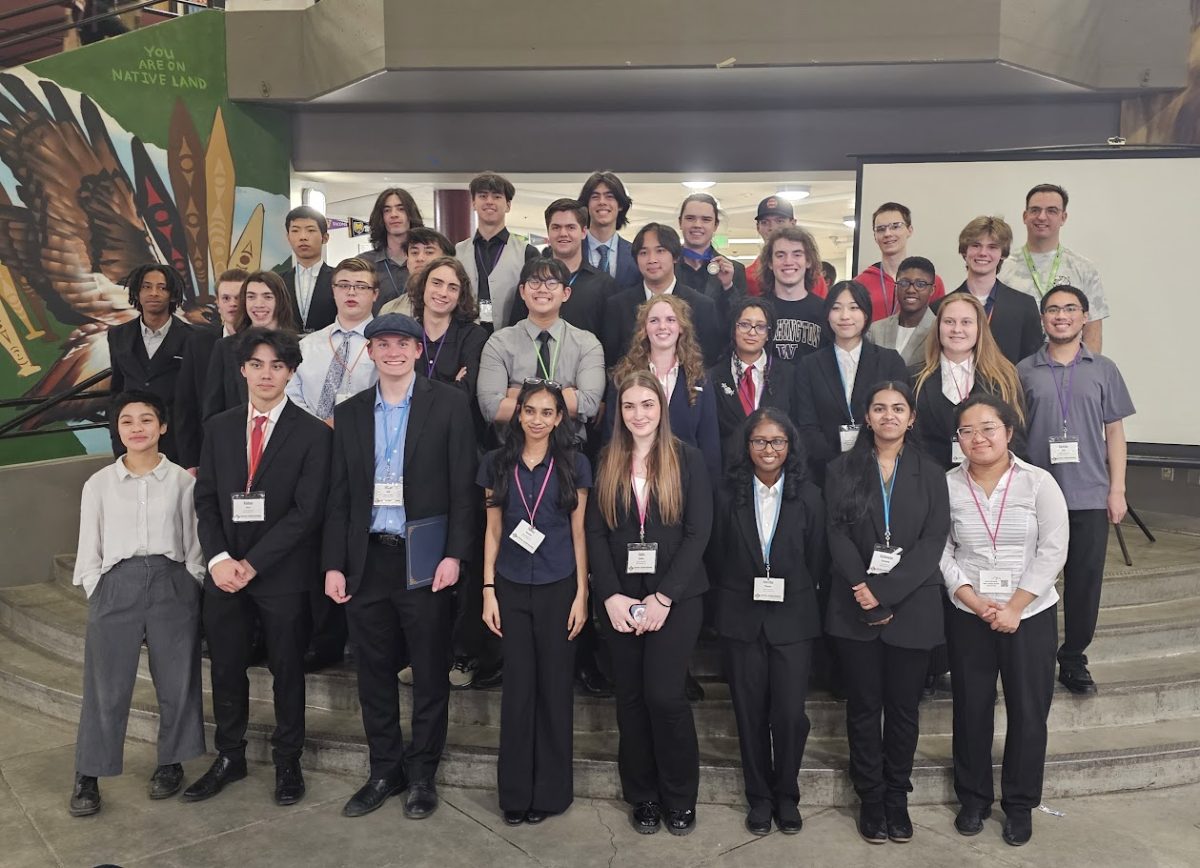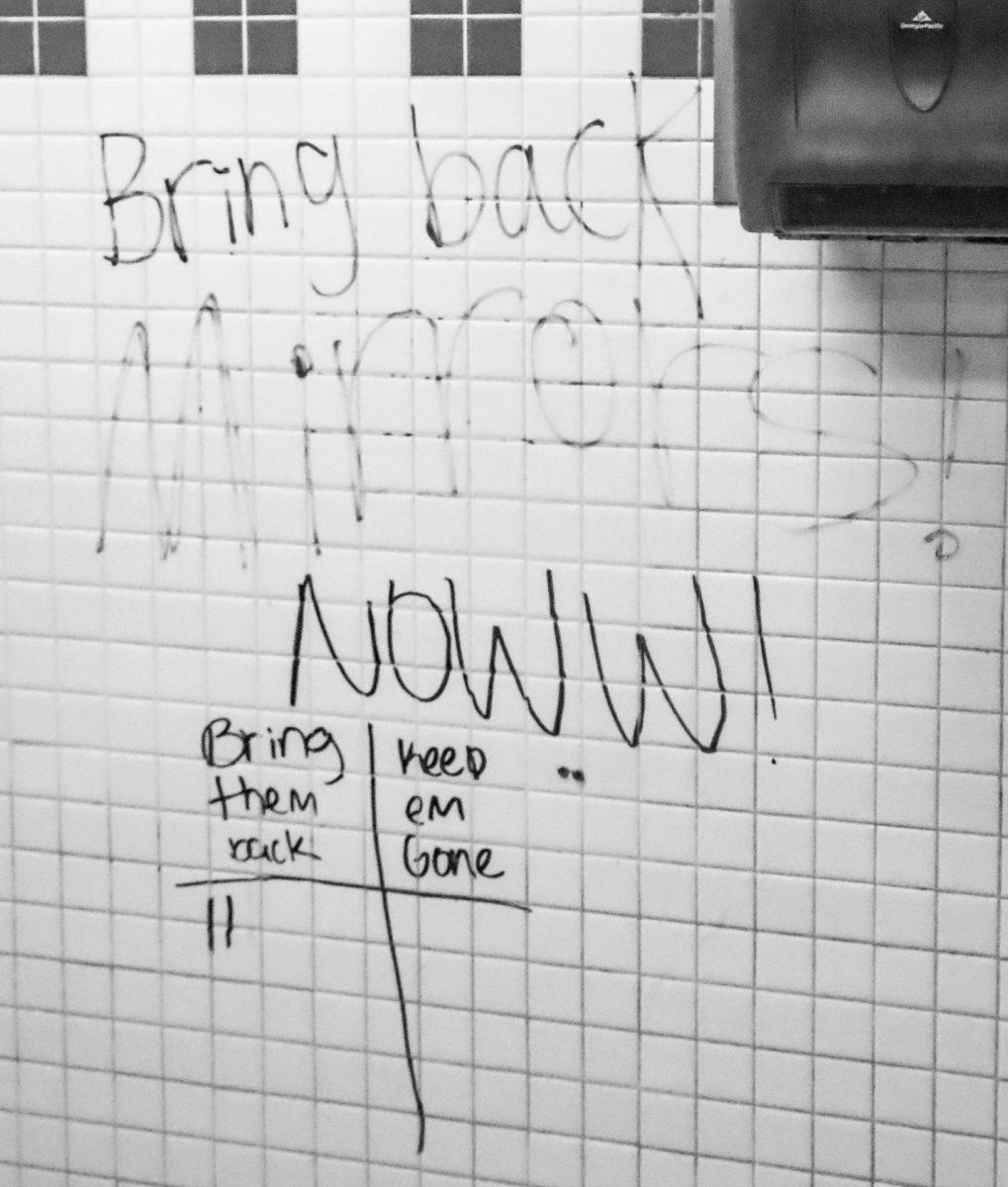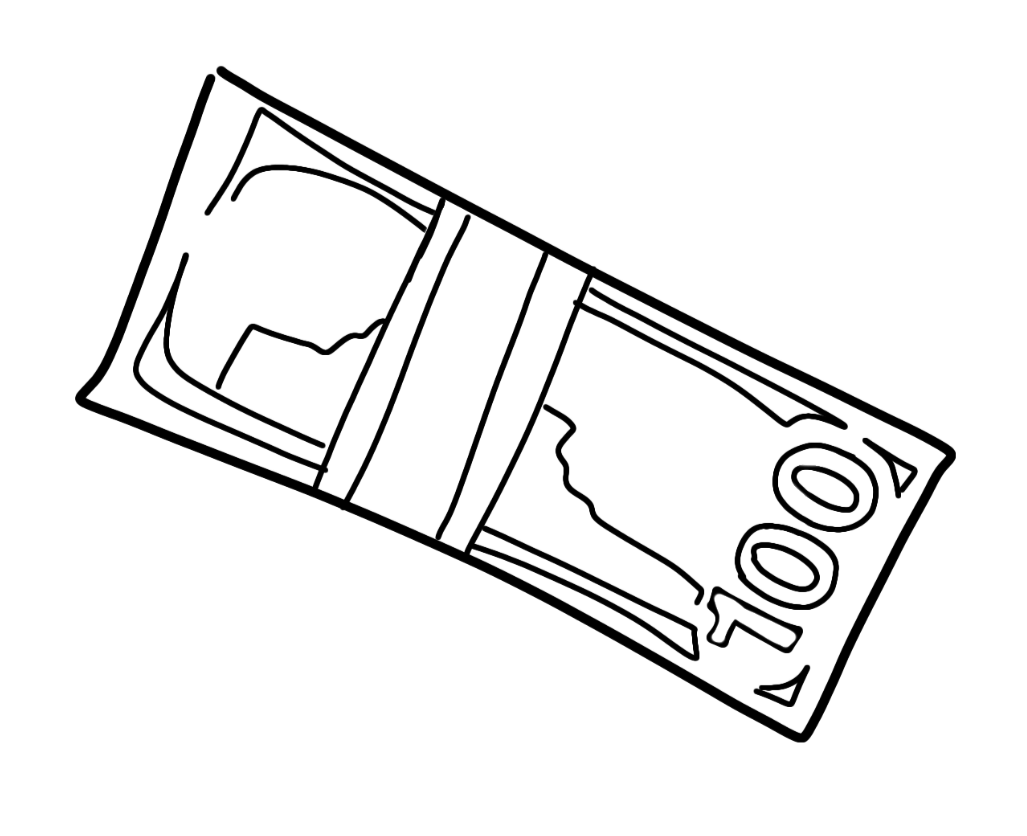A new tardy policy inspired by other schools in the district was introduced to students on Oct. 3. The policy aims to encourage on-time class readiness by the usage of discipline to motivate students to make sure they are in their classes by the time the bell rings. The policy became official on Monday, Oct. 10.
“Good attendance is necessary for success and safety in school,” the official proposal states. “The expectation is that students are on time to each class. ‘On-time’ is in a seat, ready to learn when the bell rings. Students who are late to class without a pass from another teacher or the office will receive corresponding consequences for tardiness.”
The policy was officially announced by Principal Greg Schellenberg on Sept. 30 in a video played during students’ PASS classes. Schellenberg explained that it has been years since an official tardy policy was in place and enforced due to the constant changes and unpredictability of the COVID-19 pandemic.
“I look back to last year when we opened up with a heartfelt feeling that we have all been through a lot,” Schellenberg said in the video. “Let’s welcome students in, ‘it’s okay that you’re late to class.’ That feeling went through most of the first semester and then things began to shift.”
Throughout last year, more students began showing up to their classes significantly late, according to attendance official data. This caused disruptions, as teachers dealt with tardy students in their respective ways.
“The goal of this policy is to eliminate any missed class time,” attendance secretary Cheryl Sadler said. “If the student is late, they are supposed to sign in at the main office. It’s how it always has been. But it tended to cause a problem where the student would have to spend more time walking to the office to get a pass, wait in line, and then go back to their classroom.”
The policy implements new methods to mark a student tardy in a way that will get them into class the quickest. Instead of making a student walk to the attendance office to get a pass, they will walk to one of the teachers handing out tardy passes in that hallway. The teacher will then mark down the student’s first and last name and ask why they were late. Once the student receives the pass, they can enter their classroom. This will apply to every tardy student unless the student has a pass from a teacher or the office, or if the student is more than 10 minutes late to class.
A couple of teachers each day will monitor their respective hallway for the first three to five minutes of their planning period. After 10 minutes, they no longer have that responsibility and will begin their typical activities in their planning.
The first tardy a student receives will result in a warning and the tardy will be marked in Skyward. On the second and subsequent tardy, an attendance referral will be marked in Skyward and the student will be assigned lunch detention as well as a meeting with an administrator.
This policy aims to solve multiple problems. To start, individual teachers no longer have to worry about pausing their lesson to mark a student tardy. Instead, the attendance office will receive all of the names from the hall monitors. Students can quickly enter class without making an extra trip to the office. Additionally, there is a standard set for the whole school so tardy policies don’t vary between teachers.
“Similar policies in other schools have been very successful and have shown a significant decrease of tardiness,” Sadler said. “No one is trying to punish students for being late to class. We have a responsibility to not only educate students, but also prepare them.”
Even with the positive intent of the policy, some students have expressed concern about what these rules could evolve into. Some aspects of the policy have also created confusion regarding punishment and if it will remain a permanent policy.
The week of Oct. 3 served as a pilot for the policy where no student was issued a lunch detention even after their second tardy.
“One thing to remember is that the teachers deserve respect. Tardiness doesn’t only affect the student, but also the teacher’s planning and their peers,” Sadler said. “We have a great staff who cares about their students and education. Remember that the goal is to help students to be successful.”




